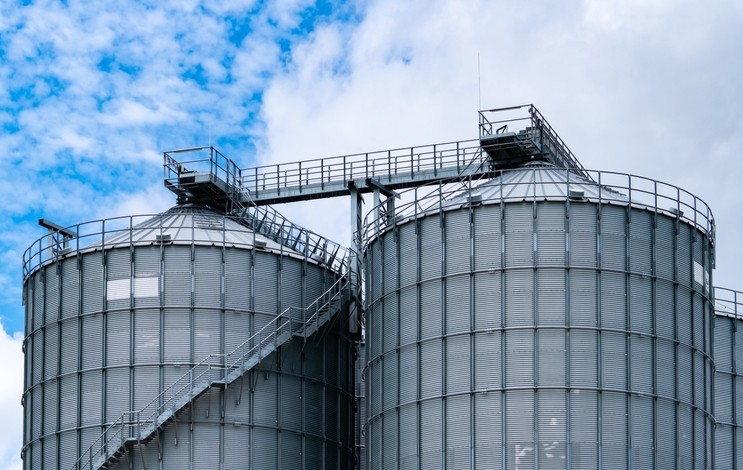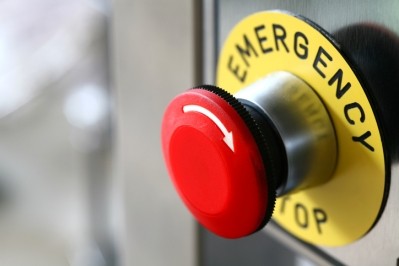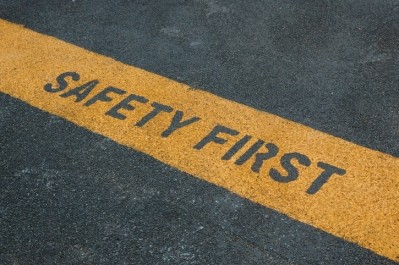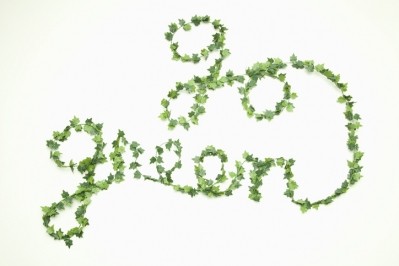UK trade group releases guidelines for feed manufacturers on how to prevent fires and explosions

The document, Control of Fire and Explosion Risks in Animal Feed Manufacturing Plants & Processes, follows work done by the feed sector linked health and safety forum of the Agricultural Industries Confederation (AIC).
“Catastrophic fires and explosions in the UK feed industry are, fortunately, rare,” said the author of the report, Stephen Pope. “However, they can and do still occur. In the last few years, we have seen a number of disastrous cases internationally that have resulted in multiple fatalities and severe injuries. Good standards and diligence is the foremost protection we have to ensure that such events do not occur in the UK.”
Pope is a chartered safety practitioner, a former inspector of health and safety at the HSE in the UK, and a member of the UK Institute of Occupational Safety and Health. He has 23 years’ experience in the milling and animal feed industries. He was supported in developing the report by numerous UK based bodies and feed manufacturers including AB Agri, Carrs-Billington, Thompson Feeds, and Mole Valley Farmers.
The AIC said the document was written to assist the operators and designers of animal feed manufacturing plants and processes in preventing fires and explosions and to comply with legal duties under the Dangerous Substances and Explosive Atmospheres Regulation 2002 (DSEAR).
As a guide, it is suitable for both existing and new plant designs and modifications, added the trade body.
In addition to background and context on how explosions and fires can occur, the report outlines actionable guidelines that plants can incorporate to ensure safety remains paramount and all protections are robust and effective.
“We simply cannot rely on luck or become complacent,” said Pope. “Good practice is non-negotiable when it comes to safety. Following these guidelines will prevent disastrous fires and explosions which is absolutely vital for the feed industry.”
The guide can be accessed here.
A spokesperson for the AIC told us: "The principles apply worldwide, in theory; however, the guidelines reference UK law and regulations, as they have been written for the UK feed industry. So we would not recommend using it outside of the UK."
Ignition sources in the animal feed industry
Within animal feed production there is a wide range of ignition sources during the production processes that the raw ingredients undergo before they are finished products. Foreign bodies, defective machinery, friction inside mills and grinders or high temperatures during processing are a few examples of the dangers, according to a report by Danish supplier, Nextech.
"The finely-ground and often dusty raw materials are highly combustible, and it often takes no more than a single spark to cause a dust explosion. It is therefore crucial to ensure that even the smallest sparks, embers or overheated objects are detected and extinguished within microseconds."
Particular danger zones in animal feed plants that should be protected include:
- Drying systems
- Cooling systems
- Silos
- Hammer mills
- Trundles
- Presses
- Sieves
- Transport systems
- Bucket elevators
- Cyclones
- Filters
- Extraction/ventilation systems
- Mixers
- Drums










